Hazel M. Bailey Primary School
Firebaugh, California
Surrounded by fields where much of the nation’s produce is grown in the heart of California’s Central Valley sits Hazel M. Bailey Primary School. Nearly all of the school’s 758 students come from low-income, farmworker families, and Michael Crockett, the district’s director and a former executive chef, knows that school meals may be these children’s best source of nourishment.
With this in mind, he sought to use more scratch cooking to prepare fresh-tasting meals that retain the highest nutrition, but the school’s kitchen lacked the equipment necessary to meet that goal. Determined to find a solution, Bailey Primary requested a kitchen equipment grant from the U.S. Department of Agriculture to buy a new steamer that would allow food to be cooked more efficiently from scratch.
Before the upgrade, Bailey Primary had only small conventional ovens and no way to prepare vegetables when the ovens were occupied with other tasks. Instead, vegetables had to be cooked ahead of time and held in warming trays for long periods, often becoming soggy and unappealing and losing much nutritional value. Now, the school can prepare vegetables and meat at the same time, and the vegetables emerge from the steamer with their vibrant colors and nutritional quality intact.
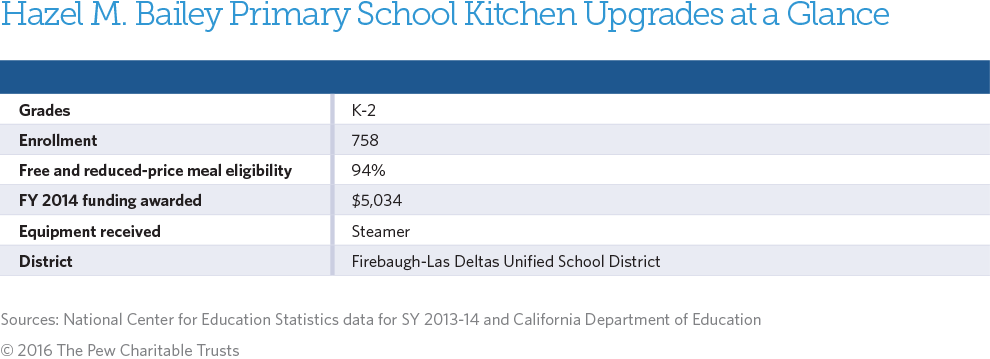
“The new steamer frees up oven space and allows more time to prepare other things,” Crockett explains. “It can take 35 to 40 minutes to boil a large pot of water and cook vegetables compared to 10 minutes to steam the same vegetable,” he says, adding: “Our new steamer enables us to batch cook, to keep in food’s natural juices, and to prevent products from drying out. Instead of needing to have all the food ready for service from 11 to 12:40, now we can cook just before each lunch period.”
Cooking to demand means that little is thrown away at the end of the day, and shorter cooking and holding time has translated to welcome energy savings. Plus, the new equipment is energy-efficient in its own right.
The kitchen crew points out that vegetables cooked quickly in the steamer retain remarkable freshness. Perhaps best of all, the fast cooking frees employees for other tasks, and the better-tasting, more popular meals have given a real boost to the kitchen staff’s morale.
Scratch cooking 80 percent of the foods served would be impressive on any campus, but for a school that offers in-classroom breakfast, lunch, an after-school snack, and sometimes supper before the buses leave in the afternoon, this is a particularly noteworthy feat. The right tools, combined with the commitment of the nutrition staff, are what make scratch cooking at Bailey Primary such a success.


America’s Overdose Crisis
Sign up for our five-email course explaining the overdose crisis in America, the state of treatment access, and ways to improve care
Sign up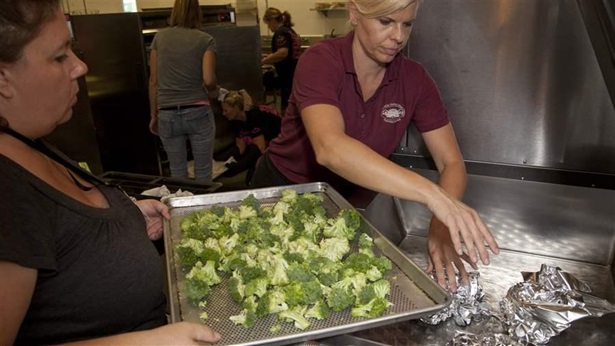
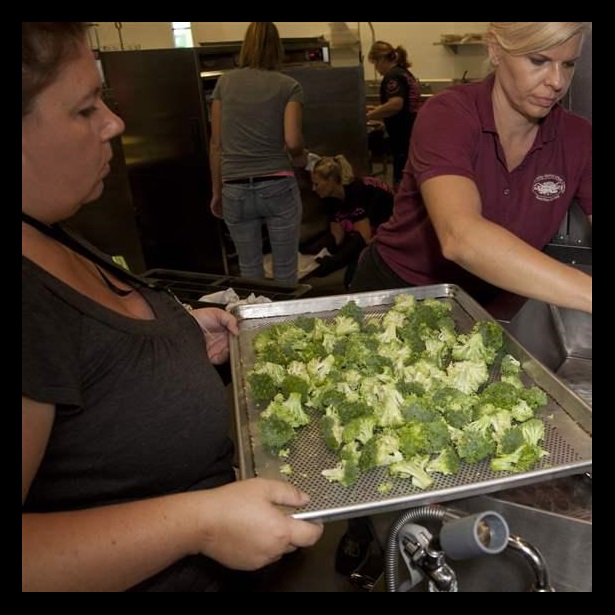
USDA’s School Kitchen Grants Benefit Meal Programs and Students
The right equipment makes a difference in efficient...
Learn More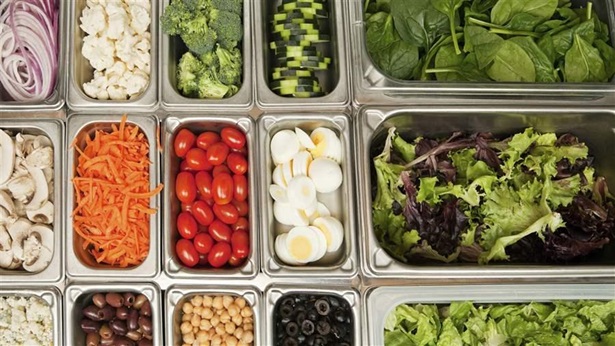
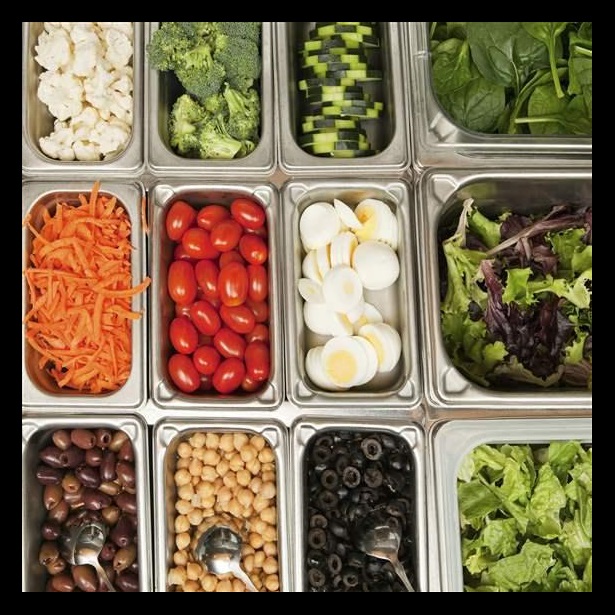
School Nutrition Gets a Boost From USDA Kitchen Equipment Grants
School Nutrition Gets a Boost From USDA Kitchen Equipment Grants
Learn More








